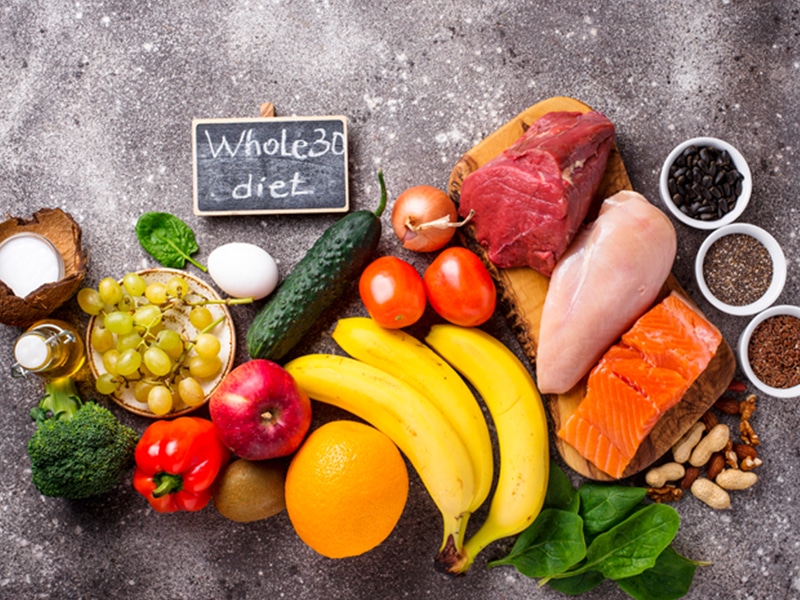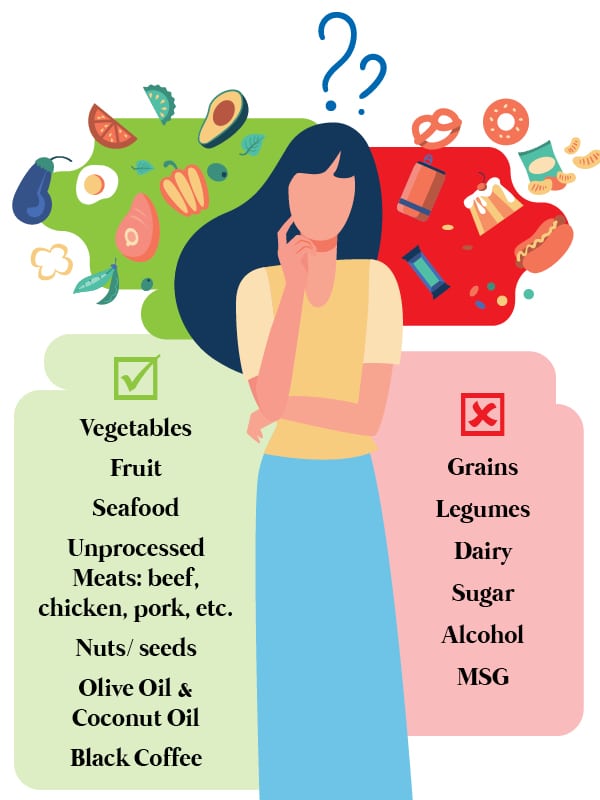It’s the high season for diets, with calorie counters everywhere hoping to shave off their pandemic pounds before summer begins. Serial dieters have plenty of popular options to choose from, and the Whole30 may be the buzziest of them all.
But it’s not your typical diet.
“This is not a weight loss diet,” says Carey Shore, MS, RD, LD wellness coach at Methodist Dallas and Methodist Richardson Medical Centers. “It’s an elimination diet that helps you figure out your psychological and physical triggers.”
The 30-day program requires adherents to eliminate alcohol, grains, legumes, dairy, and sugar to reboot their eating habits and to also help identify food sensitivities.
“This type of program is for somebody who has chronic inflammation and is trying to figure out if their pain is related to their diet,” Shore says.
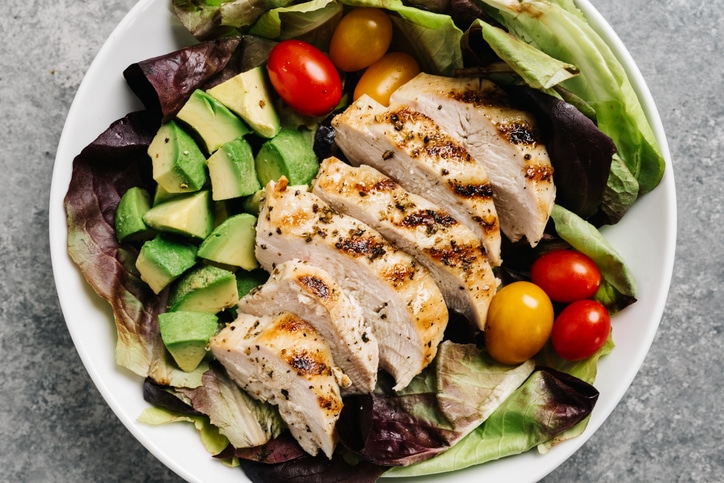
WHAT’S IN IT FOR ME?
The Whole30 was created in 2009 by two certified sports nutritionists who promoted the program as a way to reset a dieter’s metabolism and change their relationship with food.
As such, the diet doesn’t promise any weight loss, so there’s no calorie counting involved.
Even so, its practitioners promote its other benefits, from better skin and improved sleep to healthier digestion and more energy. Chronic pain sufferers who blame their misery on food sensitivities swear by it, too.
“It’s a great way to kick-start a healthier lifestyle,” Shore says. “If your normal diet includes a lot of processed foods, you’ll definitely notice a difference in the way that you feel when you stop eating them.”
But she warns it won’t work for everyone. That’s partly because it’s such a strict program and requires a major commitment to stop eating a long list of foods — some of which are healthy.
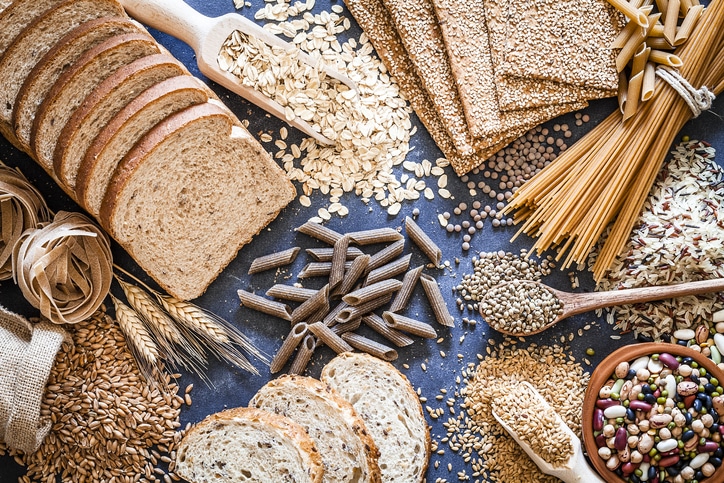
WHAT’S THE DOWNSIDE?
The Whole30 diet casts aside a broad swath of healthy food groups such as legumes and whole grains, food groups that provide many B vitamins and other nutrients. And don’t forget all the roughage you’ll be missing out on.
“When you cut out grains and beans, you’ll be missing a large amount of fiber, so it could create some digestive upset,” Shore says.
She suggests Whole30 followers supplement their fiber intake by using fiber powders or take an osmotic-type laxative. They should also add more fruits and vegetables.
Nuts and seeds are also Whole30-friendly, so they’re another good way to boost your fiber intake and reduce constipation.
Perhaps the biggest knock on the Whole30 is just how strict it is: If you slip up and eat one of its many forbidden foods, the program requires you to start the 30 days over again.
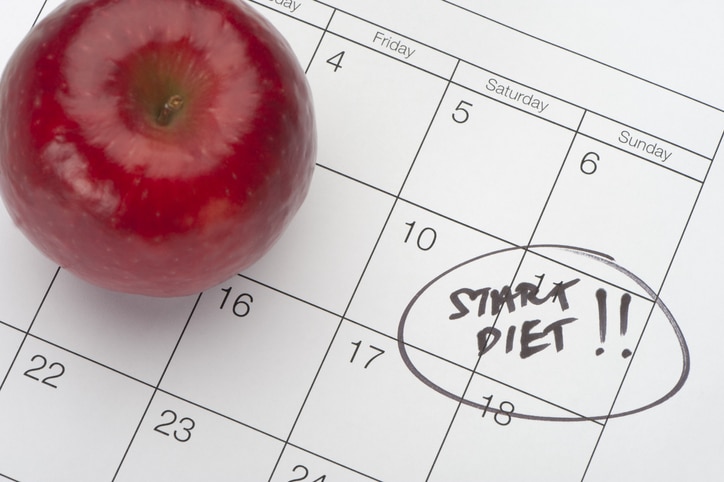
AFTER 30 DAYS ARE OVER
Finally, the diets that work best tend to be those that change your eating habits for the long term. But once Whole30 dieters finish the 30-day challenge, they tend to return to bad habits.
That said, if you suffer from chronic pain and food sensitivities or just want to kick junk food for a month and see what happens, maybe the Whole30 is your bag.
“Elimination diets are hard,” Shore says, “but they can help people in numerous ways.”

